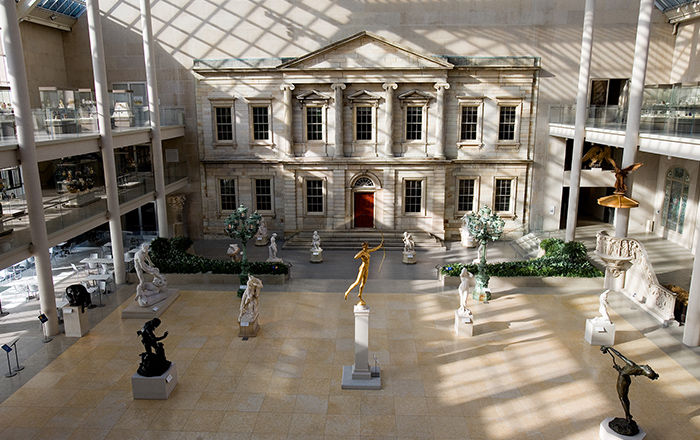Greed
Mary Sully Native American
Mary Sully, born Susan Deloria on the Standing Rock Reservation in South Dakota, was a little-known, reclusive Yankton Dakota artist who, between the 1920s and the 1940s, created groundbreaking works informed by her Native American and settler ancestry. Working without patronage, in near obscurity, and largely self-taught, Sully produced some two hundred intricately designed and vividly colored drawings that complicate traditional notions of Native American and modern art. They mix meaningful aspects of her Dakota heritage with visual elements observed from other Native nations and the aesthetics of urban life. Euro-American celebrities from popular culture, politics, and religion inspired some of her most striking works, which she called “personality prints”—abstract portraits arranged as vertical triptychs. Together, Sully’s works offer a fresh, complex lens through which to consider American art and life in the early twentieth century.
Corporate greed and exploitation of the working classes were popular themes in early twentieth-century film and literature, extending through the years of the Great Depression. Fritz Lang’s influential 1927 silent film Metropolis—its dystopian setting inspired by the skyscrapers of New York City—addressed the vast gap between wealth and labor in a capitalist society. The film’s message, “The Mediator Between the Head and the Hands Must Be the Heart,” aligned with Sully’s social conscience. Here, she playfully alluded to these ideas through images of soul-crushing machinery stuffing piggy banks and money bags with endless profits.
